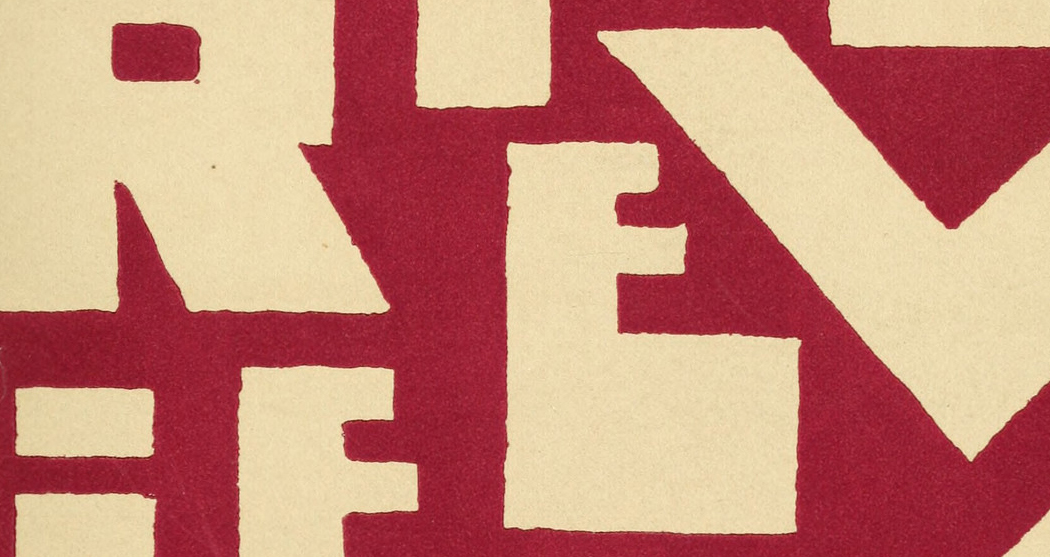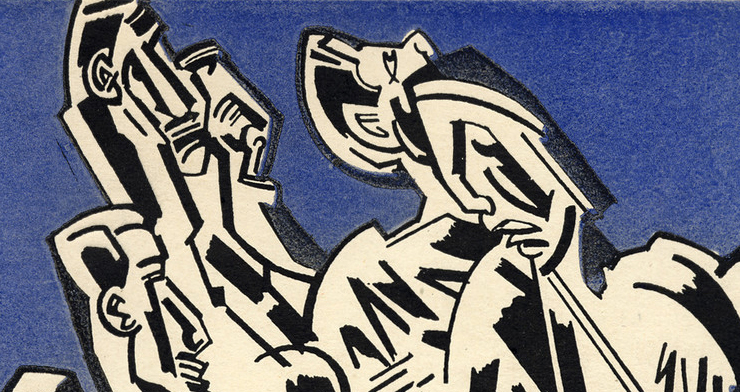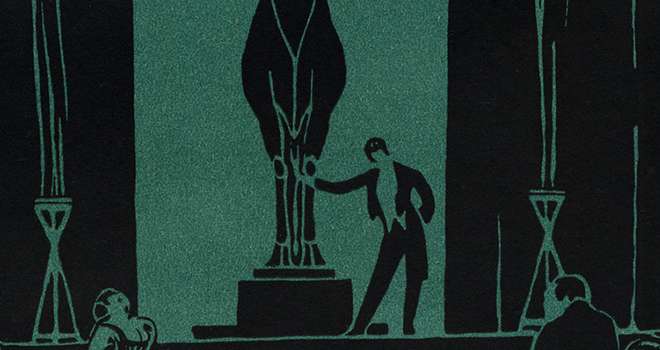In many ways, Virginia Woolf's Three Guineas is an attempt to bridge two perspectives or introduce another reality into the one perceived by those with power in government, church, and press. Reading the collected newspaper clippings that were often written by knighted men or judges helped me understand, as much as someone who studies but never experiences an era can, how that reality was so irrationally superseded.
"If she is an employed person her employer may object to employ her on the ground that she is a married woman just as he may object to employ a one-eyed man." - Wives the laws favorite
"In law she [a married woman] has forfeited little, if any, freedom. Her husband in law has little, if any, control over her."
"Official football circles here regard with anxiety the growing popularity of girl's football."
Woolf's essays undertake what is almost like a thirteenth labor of Hercules, and while it may not be impossible to communicate with the victims/perpetuators of a dominant history how their majority's vision is skewed, it almost feels that way. Many of the narratives and perspectives addressed in Three Guineas remain all too present and often encountered. I found myself frenetically highlighting and ALSO considering chucking this book at certain acquaintances' faces; violent urges aside, this reading invited me into a new visual history and another perspective on how the societal disposition to war might develop.
And lastly, to address one more quote (tangentially):
"In any case it is clear that the author of the pastoral epistles, be he St. Paul or another, regarded woman as being debarred on the ground of her sex from the position of an official 'teacher' in the Church, or from any office involving the exercise of a governmental authority over a man (1 Timothy 2:12)."
I believe this is an interesting discourse for me because the rhetoric above is clearly sexist, and I have had the opportunity to research translation with its imposed biases on certain scriptural passages which then become employed toward exclusion. Although it seems like a random departure from literary study of Three Guineas, isn't narrative manipulation (and one-sided interpretations of the world) what it's all about?
To minimize my soapbox time, I'll keep it brief:
"I do not permit a woman to teach or to exercise authority over a man; rather, she is to remain quiet." (1T 2:12)
Ultimately, the greek word Didaskein (teach) NEVER appears up in the source greek. Not to impose my own opinion, but the word used throughout is Authentein (associated with control or misused authority) which implies far more agency already. Hēsychia (lack of disturbance) would not at all seem to imply "remain[ing] quiet" and being barred from contributing equally. In addition, the verb preceding Authentein is Entrepō, which is temporary and conditional. Again, I'll leave these dots to be connected themselves, but all of these original greek meanings paired with the fact the word for man (Anēr) is often used for a husband imply a different interpretation than the one that has been so often employed in the ways Woolf describes. To encourage said dots after they've been separated for so long: I argue that this passage might have more to do with a specific social moment in one community and a request for a woman (who possessed authority to exert) not to, in the literal translation, "verbally assassinate" their partner when it isn't an appropriate moment, for the sake of public gathering. A reading like this does not exclude women from teaching, leading, or taking part. It might even imply agency and authority that is at the very least equal. Lastly, I would like to add this passage should never have become a permanent or universal statement; its tense is temporary and conditions-based.
I believe Virginia Woolf might have appreciated this possibility for novel interpretation; this is why egalitarian authority is so essential in the pursuit of truth. When biases are imposed and unchecked, realities shift from their foundations. In this way, an analysis like this ties into the idea of perspectives lost and reasserted. Common knowledge is not to be taken for granted; truth takes work, especially in scenes of power imbalance.


